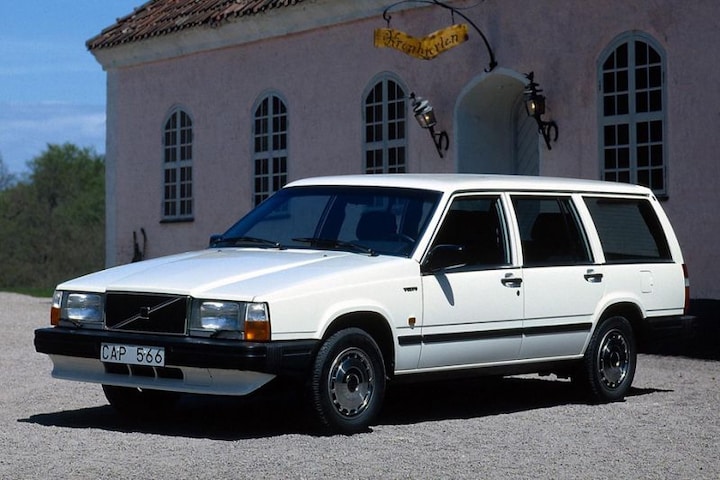You can see XC models and V’s

The EX30 is instantly recognizable as Volvo, at the same time the car is really refreshing. Without losing the essence, the design team has taken solid evolutionary steps and inventively further developed the XC DNA. Car designer Niels van Roij about where the essence of the modern Volvo comes from and how the EX30 interprets this core.
The EX30 is visually light, but looks solid. The car is sympathetic, but with powerful proportions. Here is the new Volvo. This design is based on the reVolvolution design work of the recently prematurely deceased former Chief Designer, Peter Horbury. This brilliant car designer and brand strategist previously worked on the 480 in the Netherlands and in 1992 set the perfect course change. One that made Volvo – then on the verge of collapse – relevant again. His Volvo ECC (Environmental Concept Car) became the red line for every Volvo production model that followed. A line that to this day, more than thirty years later – albeit greatly refreshed – still serves as a solid foundation for Volvo Design.
The EX30 front does not look brutal or aggressive, but confident. With understated pride he wears his Iron Mark, subtly pressed into the surface of the front. Volvo does not need a faux grille here – as with the EX90. Form follows function.

A subtle, intelligent, light focus above the headlights is formed by the bonnet. The Thor’s Hammer headlights also return in this Volvo, in a way that is on the correct side of the balance between recognizable and form-innovative. The unit consists of square pixel-like elements, a visual link to the electric drive.

The vertical taillights, a link with those of the Volvo 850 Estate, return in the EX30. Albeit that they are distributed between the top and bottom of the body. This makes the EX30 look solid while a clearly recognizable bloodline is visible.


The exterior is harmonious. Clearly related to the EX90 and also emphatically provided with its own signature. Above both wheel arches is a strong, circular deep indentation that we have not seen before on Volvos. This piece of refined geometric surfacing gives character and optical power to the flank and houses the front shutline of the hood.

The outline of the side windows is sheer, the kick-up above the rear hips strong and reminiscent of the XC40, albeit again with its own twist. Behind it a powerful, heavy C-pillar that is also very upright – a clear link to Volvo’s Estate models, especially the ones from the 1970s and 1980s.




The large wheels are on the corners, for a nice stance. They perfect the proportions of the electric SUV without being overly large.
For the Cross Country trim, the wheels, fender flares and graphics between the taillights and headlights are painted black. A beautiful tribute to the V70 XC. That car was born out of necessity at the beginning of the SUV craze, when the ailing Volvo had no money for the development of an SUV and equipped its V70 with coarser bumpers, tougher all-terrain wheels, high ground clearance and four-wheel drive. The new station wagon concept was a huge success and was adopted by Mercedes-Benz, Audi, Hyundai and Porsche, among others.





The Cross Country type was conceived under the inspiring leadership of Peter Horbury. His work therefore lives on in many Volvo models and far beyond.
.
– Thanks for information from Autoweek.nl